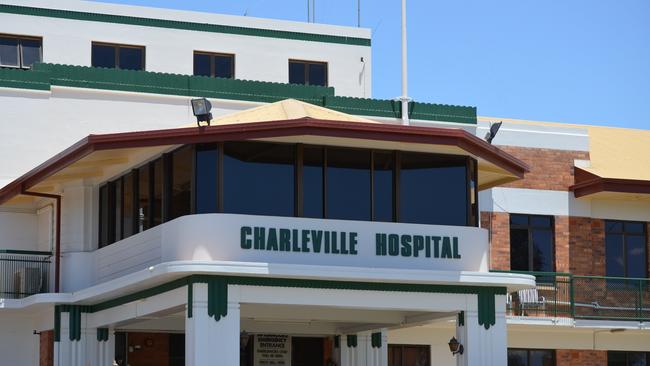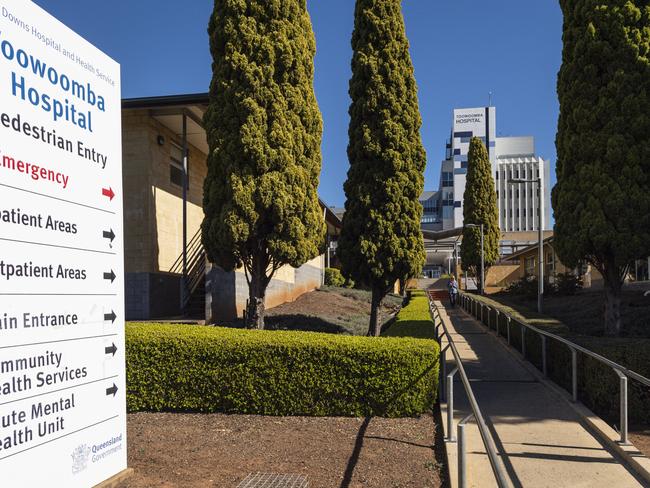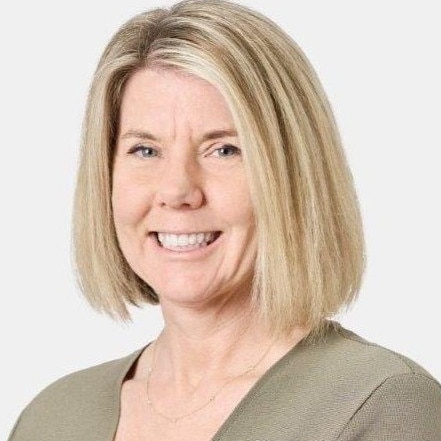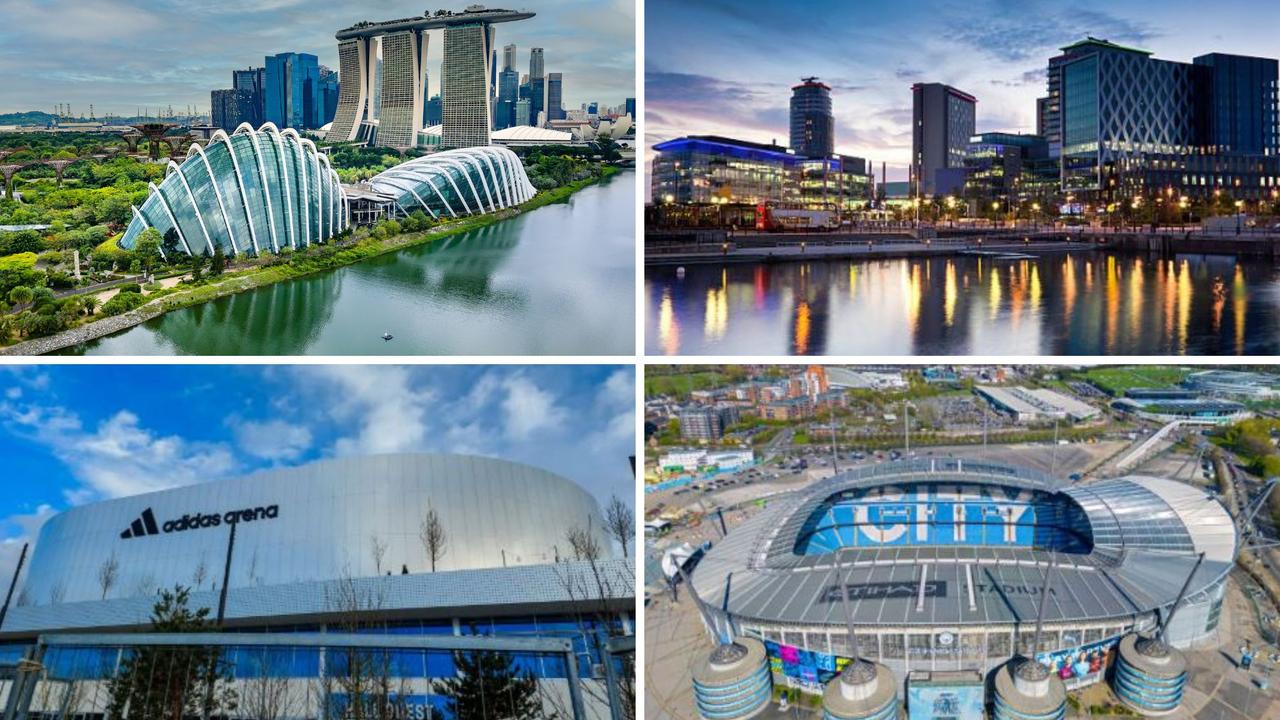Qld hospital decay putting staff, patient safety at risk
Staff and patient safety is at risk amid a $2bn maintenance backlog at Qld hospitals, with more than a third of health-owned buildings nearing the end of their lifespan.

QLD News
Don't miss out on the headlines from QLD News. Followed categories will be added to My News.
The safety of staff and patients is being put at risk in Queensland’s ageing hospitals amid a worsening $2bn maintenance backlog, a new report has revealed.
The Queensland Auditor-General’s latest report has also revealed a third of buildings owned by the state’s health department, worth a staggering $8.7bn (37 per cent), are due to be replaced within the next decade.
The list of crumbling infrastructure includes World War II-era pre- and post-operative facilities in Charleville, and radiation technology in Metro South that reached its use-by date in 2023 before breaking down 32 times in a year, delaying treatment for cancer patients.
In the Darling Downs Hospital and Health System there is failing concrete baselayer which is causing mould and severe deterioration to flooring.
The maintenance backlog and impending infrastructure replacement cliff come as the health system battles a significant increase in demand and ongoing workforce pressures, including the skyrocketing use of contractors to fill the staffing gap.

The list of much-needed upgrades and replacements will also happen against the backdrop of Queensland’s major building push toward the 2032 Olympic and Paralympic Games, putting more pressure on costs and labour and material shortages.
Auditor-General Rachel Vagg, in her annual report into the health system, found the state’s 16 hospital and health services were facing significant challenges in paying for facilities to be maintained.
There was a $580m increase in delayed upkeep in 2023-24, bringing the total bill of required upgrades to $2bn.
“As HHSs are not consistently meeting their asset maintenance targets, it is likely that assets, such as buildings, are deteriorating over time,” the report stated.
“This has resulted in an increase in the costs required to keep them in their expected conditions.
“There could also be implications for the safety of both employees and patients.
“For example, lift malfunctions could affect the timeliness of patients getting to theatre.”
Health Minister Tim Nicholls slammed the former government for the “diabolical” state of the health system, while vowing to diagnose, treat and cure the health crisis.
The state government has not said if it will increase maintenance funds, but a spokesman said it would take a methodical and considered approach to funding the Sustaining Capital Program during the budget process.
The QAO called out inconsistencies in how different HHSs were recording their maintenance cost needs, with Queensland Health director-general David Rosengren confirming the department would tighten up reporting in 2025.
Dr Rosengren said growing maintenance requirements across the sector suggested there was a need for additional funding.
The QAO report revealed 6.5 per cent of hospitalisations in the state were potentially preventable if people had been provided care sooner — a figure that ranks Queensland second last in the nation.
Queensland Health has vowed to implement a two-phased strategy to deal with the issue by mid-2026.

HIGH-RISK ISSUES
* Pre and post-operative infrastructure in Charleville that is 83 years old, has reached the end of its useful life and is non-compliant, with theatre mechanical services failing numerous times.
* Airconditioning and ventilation major equipment at St George Hospital installed in 1975, now at the end of its life.
* Radiation oncology health technology in Metro South that reached its end of life in 2023 and has broken down 32 times in the past 12 months, causing delays to treatment and limiting patient access.
* Reverse osmosis units at Children’s Health and Central Queensland that need to be upgraded to meet Australian Standards. The Longreach unit is more than 25 years old and is no longer providing consistent water quality to the department.
* Medical gas installations at various sites across Central Queensland that are at risk of failure or do not comply with Australian Standards.
* Failing concrete bedding in Darling Downs HHS facilities, causing mould and severe deterioration to flooring, affecting patient, staff and public safety.
Source: Queensland Government
More Coverage
Originally published as Qld hospital decay putting staff, patient safety at risk





